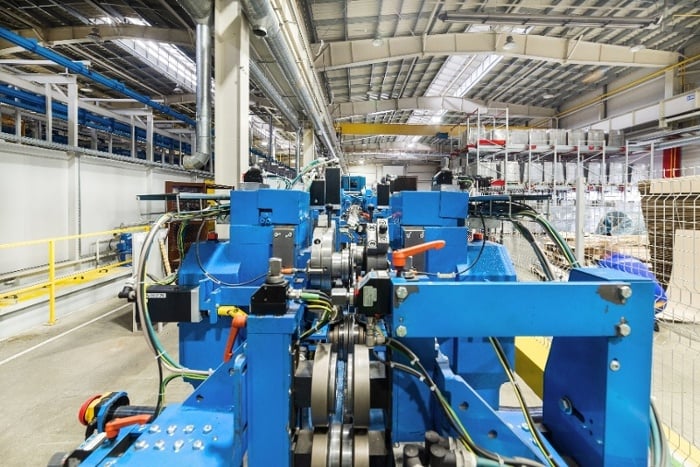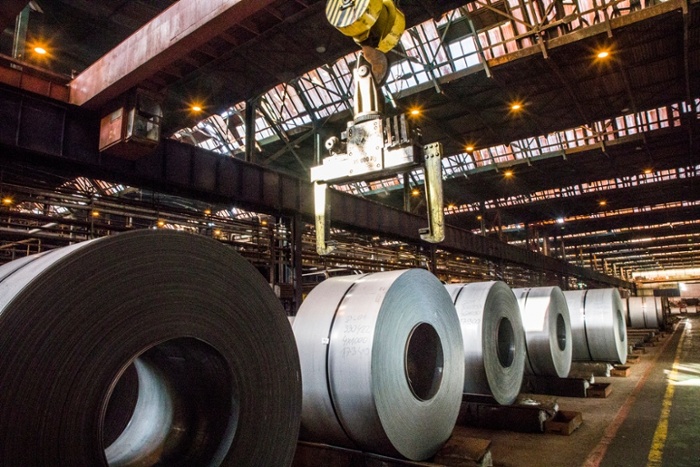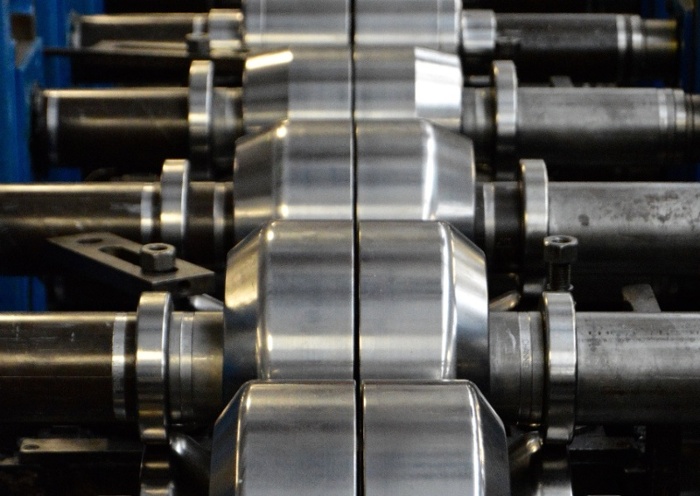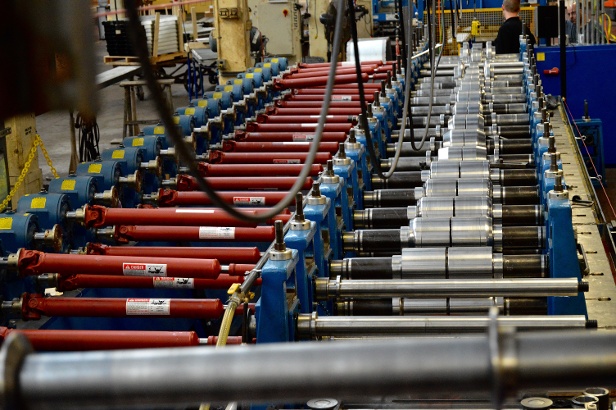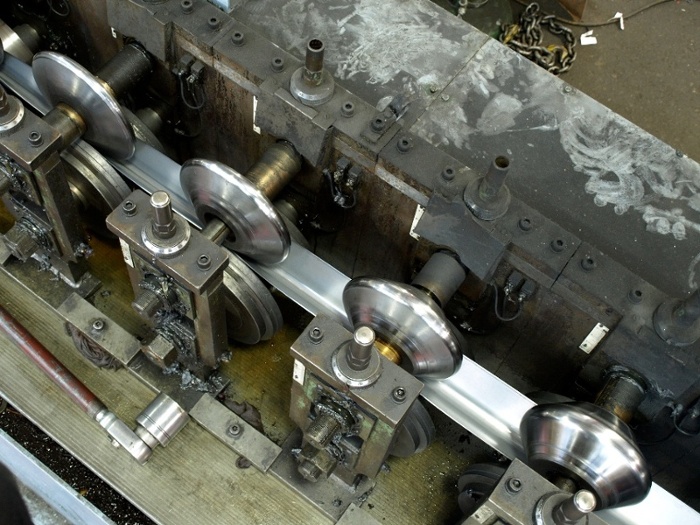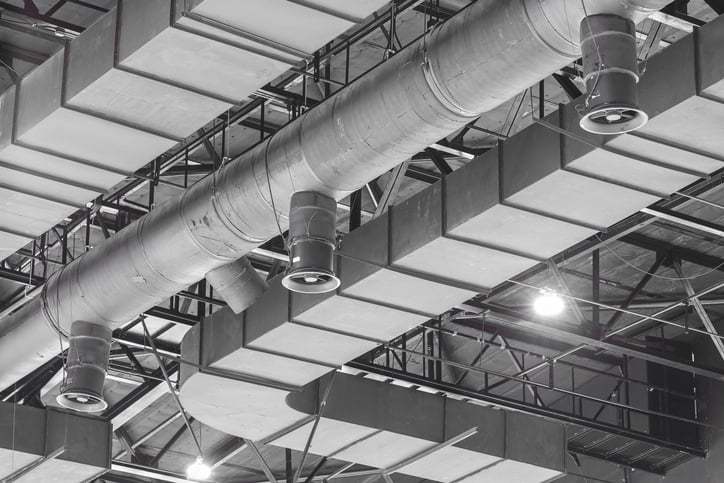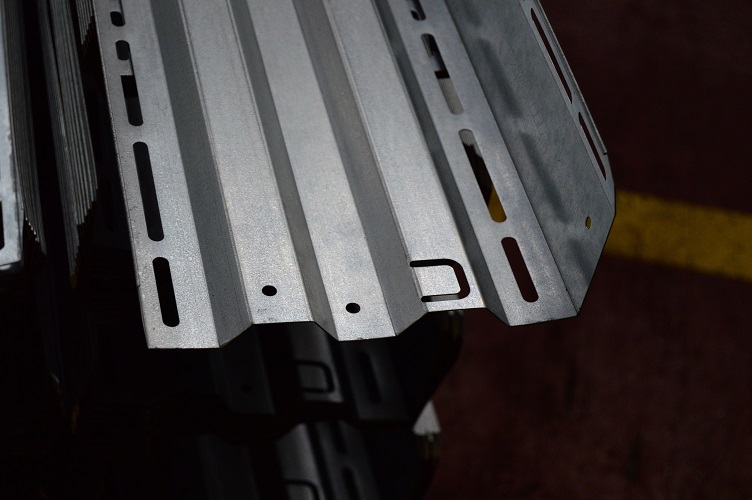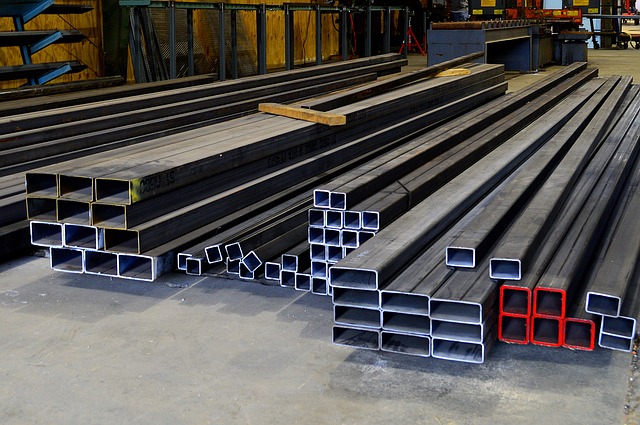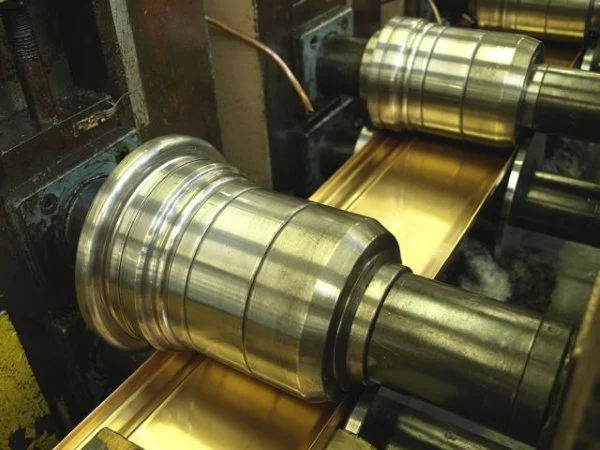Sheet Metal Parts: What Can & Can't Be Roll Formed?
Navigating the world of sheet metal parts while sticking to a budget can feel like a puzzle. But here’s where roll formi …
Commercial Roll Formed Products: A Guide to the Best Materials
From reliable carbon steel to elegant copper, there’s a perfect metal to bring your vision to life each with unique prop …
5 Must-Know Specification Tips from Metal Fabrication Experts
Bringing on a challenging production process can stump even the most skilled metal fabricators, preventing them from del …
HSLA Steel Won't Break Your Back (Or Bank)
While conventional steel is renowned for its strength, it often carries the burden of significant weight. This associati …
A Metal Roll Forming Partner Mustn't Be Big to Boost Your Business
Are you searching for a manufacturing partner capable of producing large quantities of products? Who is both efficient a …
Outsourcing Roll Forming Tooling: Cost Savings Down the Line
Tooling costs in manufacturing are already a sore spot for many purchasers, but some think roll form tooling is cost-pro …
Roll Forming Commercial HVAC Material Selection Guide
Have you ever felt the comforting rush of cool air on a sweltering summer day or the warmth that chases away the winter …
Roll Forming Advantages: Efficiency & Cost-Savings
Since the turn of the 20th century -- or perhaps much earlier -- roll forming has been used to quickly and cost-effectiv …
The Hidden Expense: Roll Forming Raw Material Cost
OEM projects can be hectic. Your main concerns are likely lead time, reliability, quality, customer satisfaction, and co …
Choosing the Right Path: Roll Forming vs. Other Metal Parts Manufacturing Processes
As manufacturers, we all know that the magic behind a top-notch product lies in a solid manufacturing process, but with …


